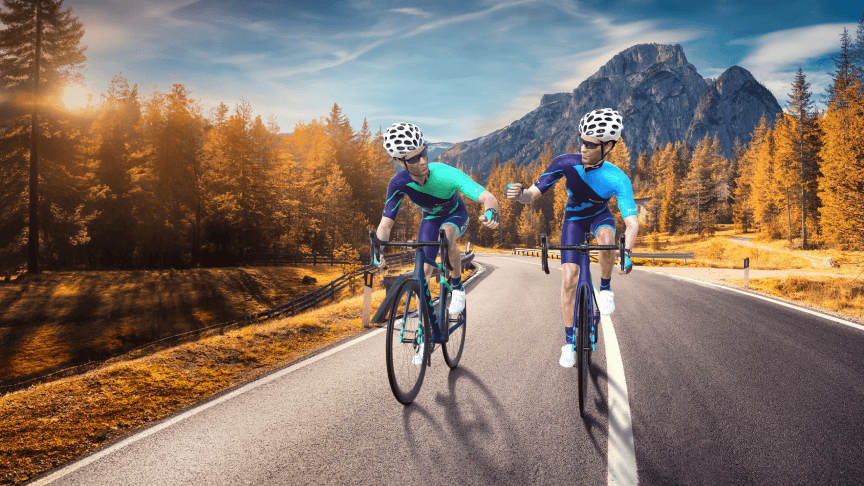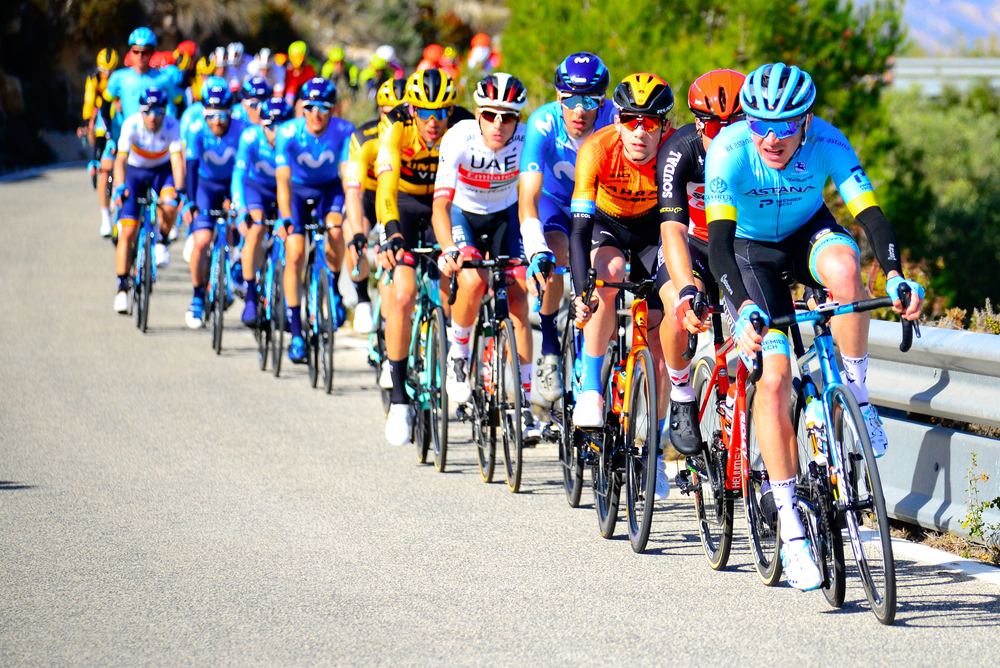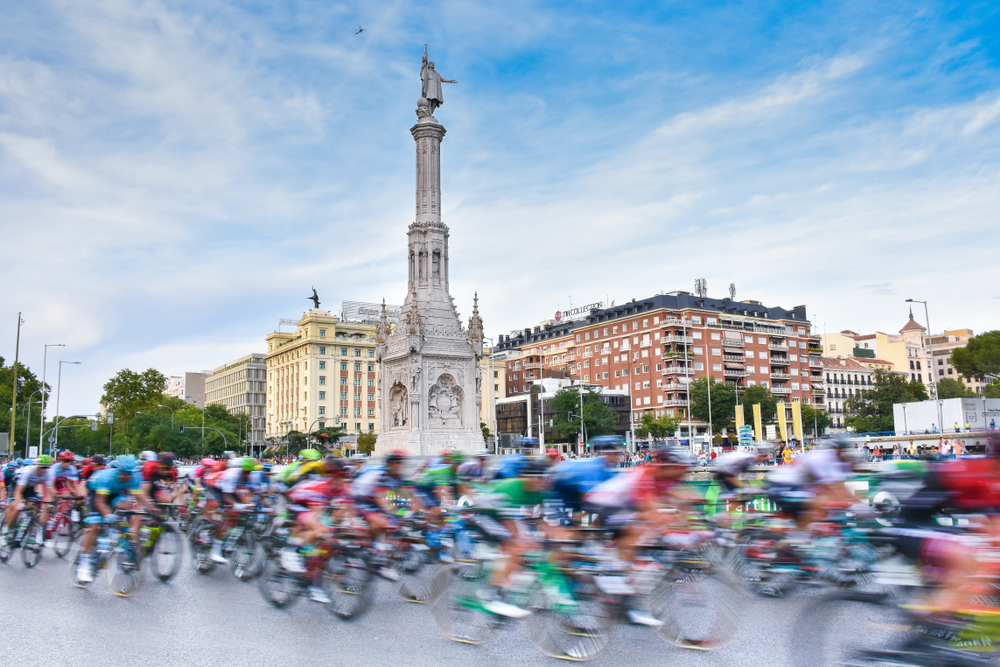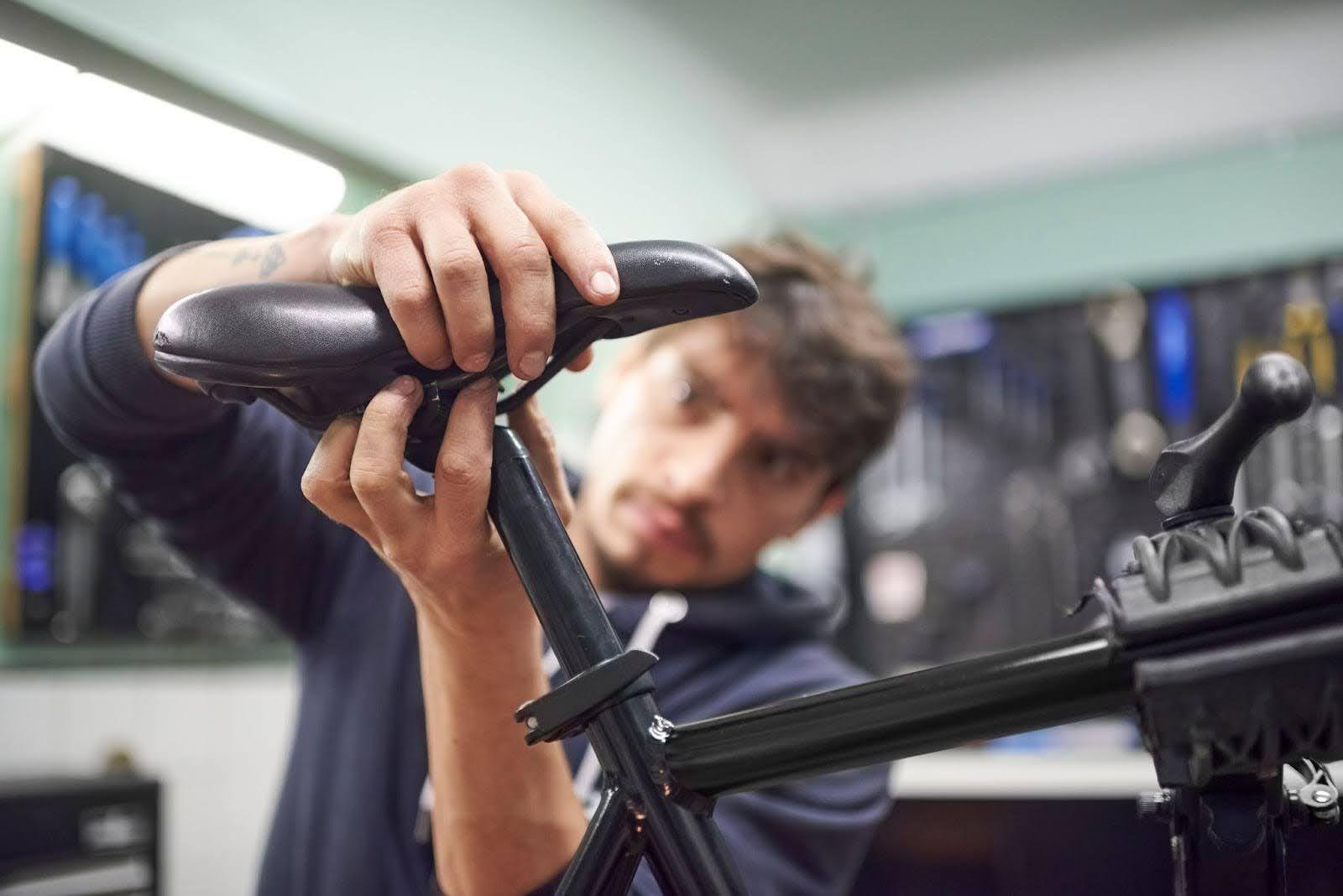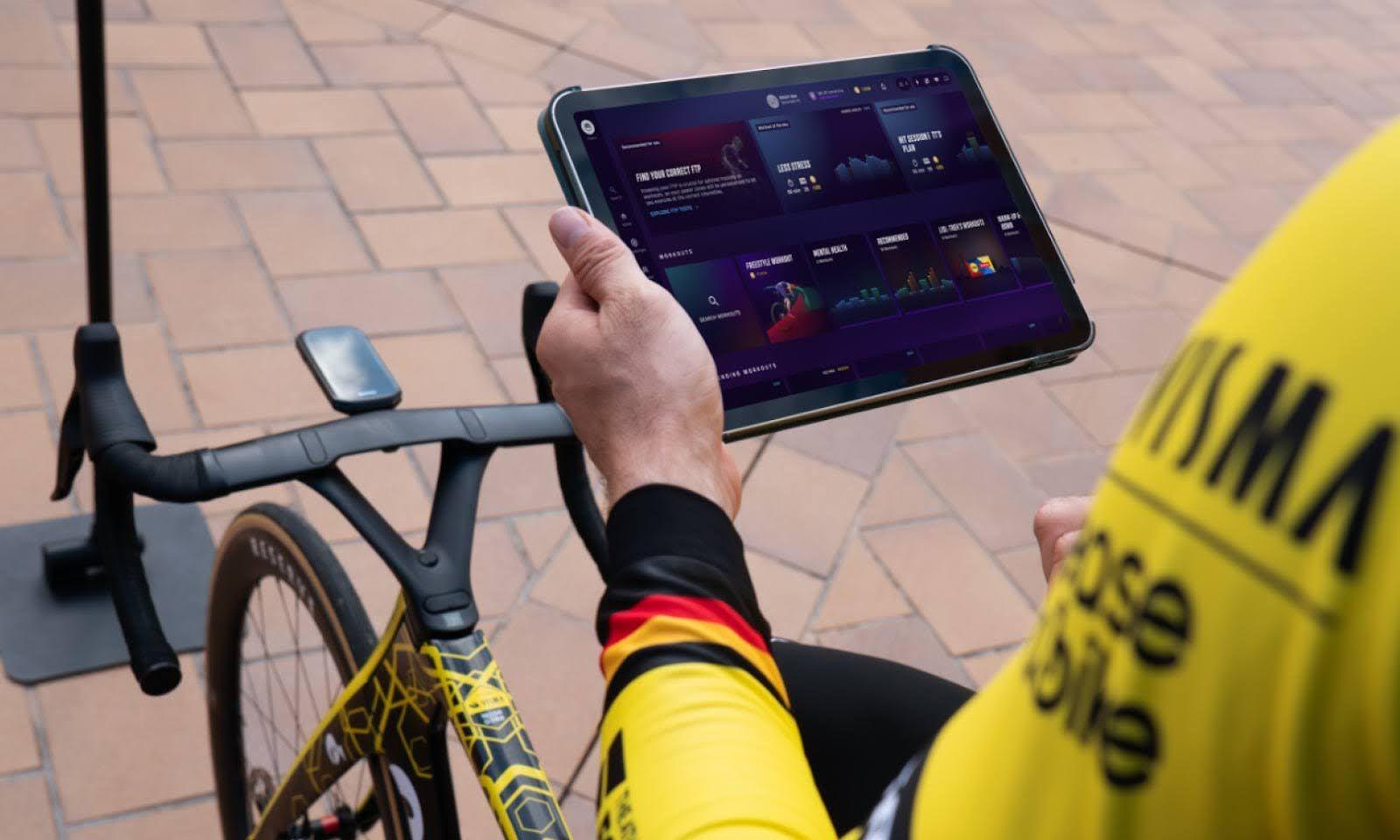"The Grand Tours are more than just races, they are cultural events that bring people together from all over the world to witness the triumph of the human spirit." - Greg LeMond
The special appeal of the Grand Tours
The FIFA World Cup, the Olympic Games, the Superbowl, Le Mans, Wimbledon. These famous events all represent the height of achievement in their respective sports. And for cycling, it is the Grand Tours. The three separate races of the Grand Tours are considered the absolute pinnacle of the sport, attracting the very best cyclists from around the world to compete in the race, and winning brings sporting immortality.
"The Grand Tours are a reflection of life itself - they have their ups and downs, their triumphs and setbacks, but in the end, it's the journey that matters most." - Chris Froome
But despite obvious similarities, the three events are distinctly different with their own character and flavour. Their fame has grown over the decades for different reasons but why are they so important and revered by cyclists?
1. Tradition and History:
The Grand Tours all have a rich history, dating back over a century. The Tour de France, first held in 1903, is the oldest, while the Giro d'Italia and La Vuelta were first held in 1909 and 1935, respectively. Over the years, these races have become an integral part of cycling culture - both nationally and internationally, with fans and riders alike eagerly anticipating each edition of the race.
2. Difficulty and Challenge:
The Grand Tours are purposely designed as incredibly tough and demanding races. They typically last over three weeks and cover thousands of kilometres over 21 stages, with riders facing gruelling mountain stages, flats, and time trials. Winning a Grand Tour requires not only exceptional physical ability but also mental toughness, tactical astuteness, as well as teamwork.
3. Prestige and Recognition:
Winning a Grand Tour is one of the greatest achievements in professional cycling. It is an indisputable mark of excellence and places a rider among the sport's elite. But while honour is great, the financial rewards cannot be ignored either. The media attention and public recognition that come with winning a Grand Tour will help a rider secure sponsorship deals and significantly increase their earnings.
4. Cultural Significance:
The Grand Tours are also important cultural events, with each race featuring stages that pass through historic cities and landmarks. Each Tour is seen as a reflection of the soul of the country. They showcase the beauty and diversity of the host countries and attract millions of spectators each year.
"The beauty of the Grand Tours is that they are not just races, but journeys. They take you on a physical and emotional rollercoaster that is both exhausting and exhilarating." - David Millar

The Tour de France
The Tour de France, or the Tour as it is affectionately known, is undoubtedly the most famous of the three races, and is considered by many to be the most prestigious. Usually held in July, the race covers a distance of around 3,500 kilometres over 21 stages (in 2023 it will be 3404 km). The original purpose of the race was to boost newspaper sales but this has evolved over the decades to boost the culture and heritage of the country. It's quite a progression. The Tour features a mix of flat stages, mountain stages, and individual time trials, but it is most famous for its mountain stages, where riders must climb steep peaks such as the Alpe d'Huez and the Mont Ventoux. The Yellow Jersey, or Maillot Jaune, is worn by the race leader and has become an iconic symbol of excellence in the sport and even beyond that. There are other jerseys to battle for: the green jersey, or maillot vert, is awarded to the rider who accumulated the most points in the intermediate sprints and stage finishes. The polka-dot jersey, or maillot à pois rouges, is awarded to the rider who accumulated the most points in the mountain stages and the white jersey, or maillot blanc, is awarded to the best-placed rider under 25 years of age. The race attracts millions of spectators every year, who line the roads of France to fervently cheer on their favourite riders. The most successful rider in the history of the Tour de France is Belgian cyclist Eddy Merckx, who won the race five times between 1969 and 1974.

